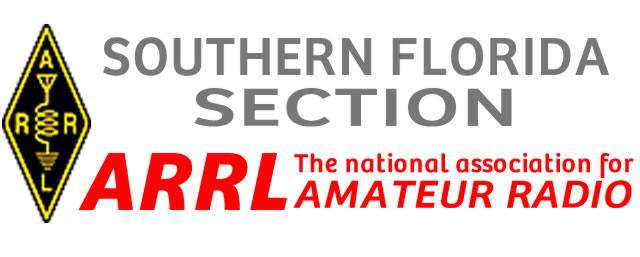ARRL General Counsel Chris Imlay, W3KD, has rebutted assertions, expressed by some, that the Amateur Radio Parity Act of 2015 would represent an unlawful intrusion into “private contracts” and would invalidate architectural limitations and rules regarding the installation of ham radio antennas in residential neighborhoods. Imlay said the argument raised is that no federal legislation should alter private land-use restrictions, since these are contractual obligations. “The contractual characteristic of private land-use regulation has not existed in the United States for a great many years,” he pointed out. Imlay recently expanded on the topic during a lengthy interview with HamRadioNow webcast host Gary Pearce, KN4AQ.
“A contract requires a meeting of the minds between the two parties,” Imlay said in his interview with Pearce, which also included ARRL Hudson Division Director Mike Lisenco, N2YBB, a prime mover of the legislation. With no opportunity to negotiate, “you don’t have a contractual relationship at all. Instead, what you have is a preclusion.” Rather than contracts, Imlay explained, private land-use restrictions are limitations placed on the use of land long before the buyer ever shows up, and they have become increasingly difficult to avoid. With more and more neighborhoods imposing CC&Rs, the only choice a radio amateur then has, Imlay told Pearce, is to buy or not to buy a dwelling in a community that may prohibit antennas completely.
The legislation — H.R. 1301 and S. 1685 — calls on the FCC to apply the three-point test of the federal PRB-1 preemption policy to private land-use restrictions. Imlay said its passage would not mean that hams living in neighborhoods governed by CC&Rs could erect any antenna they wished. The obligation a homeowners association would have under the Bill is to not prohibit, but to make reasonable accommodation for some sort of effective outdoor Amateur Radio antenna, imposing in the process the least practicable restriction to accomplish the association’s aesthetic purposes, he explained.
The legal underpinning of the Amateur Radio Parity Act of 2015 is well established, Imlay pointed out, and private land-use regulations must give way when they conflict with federal telecommunications policy. “It was held a long time ago by the US Supreme Court that federal communications policy trumps even private land-use regulations,” Imlay told Pearce. “That’s not a taking of land under the Constitution. It’s simply a supervening authority.” Imlay said that private land-use regulations that conflict with expressed federal telecommunications policy are subject to pre-emption, which would restore private property rights to the landowner. The FCC, he explained, is not hostile to the Bill, but it has indicated that it would prefer to have some guidance from Congress before amending the Amateur Radio Service Part 97 rules.
Several years ago, the FCC established the OTARD rule that lets residents living in deed-restricted communities install over-the-air video reception devices, such as a satellite dish or television broadcast antenna regardless of deed restrictions, but it does not apply to Amateur Radio antennas. The OTARD rule, the FCC has said, allows local governments, community associations, and landlords “to enforce restrictions that do not impair the installation, maintenance, or use of” such over-the-air reception devices. Imlay said this is precedent for the Amateur Radio Parity Act of 2015, and that the FCC found that it has the jurisdiction to enact the rules that Congress instructed it to adopt at the time with respect to OTARD regardless of private land use regulations.
“There is no difference in the effect on the strong Federal interest in Amateur Radio communications, whether an amateur station is precluded by a zoning regulation…or by a deed restriction,” Imlay said in the interview. “The effect is the same: The ham can’t build a station.”
“We have until the end of 2016 to get this bill passed, and we have every intention of doing that,” he assured Pearce.
Full information on The Amateur Radio Parity Act of 2015 is on the ARRL website.

